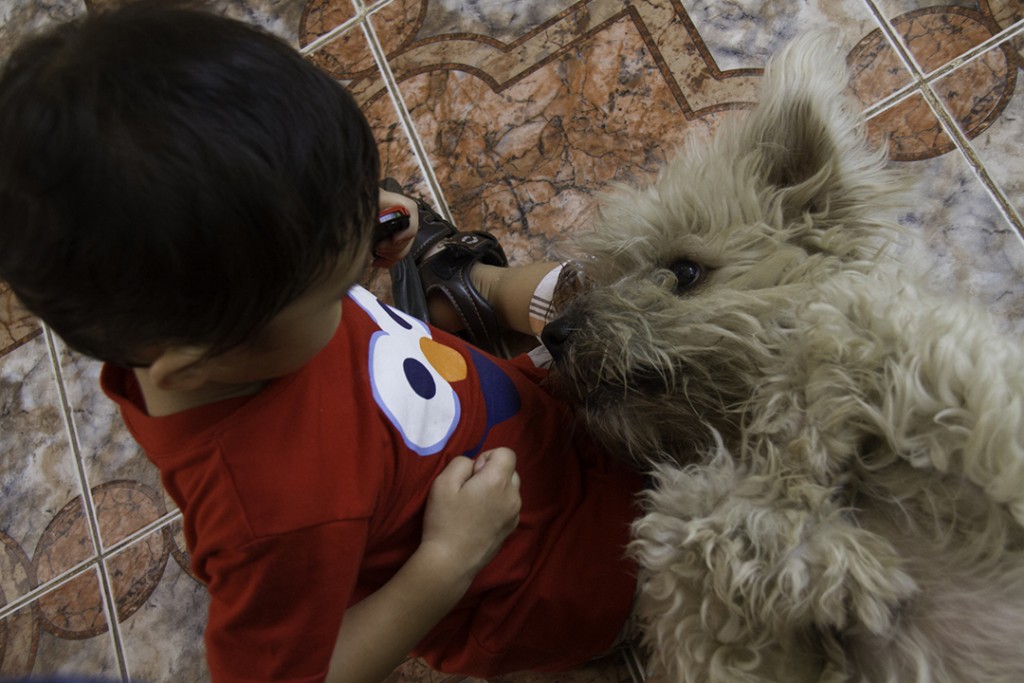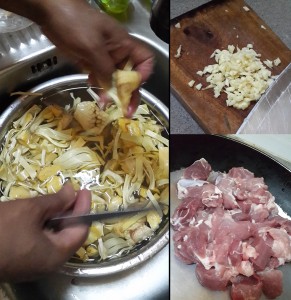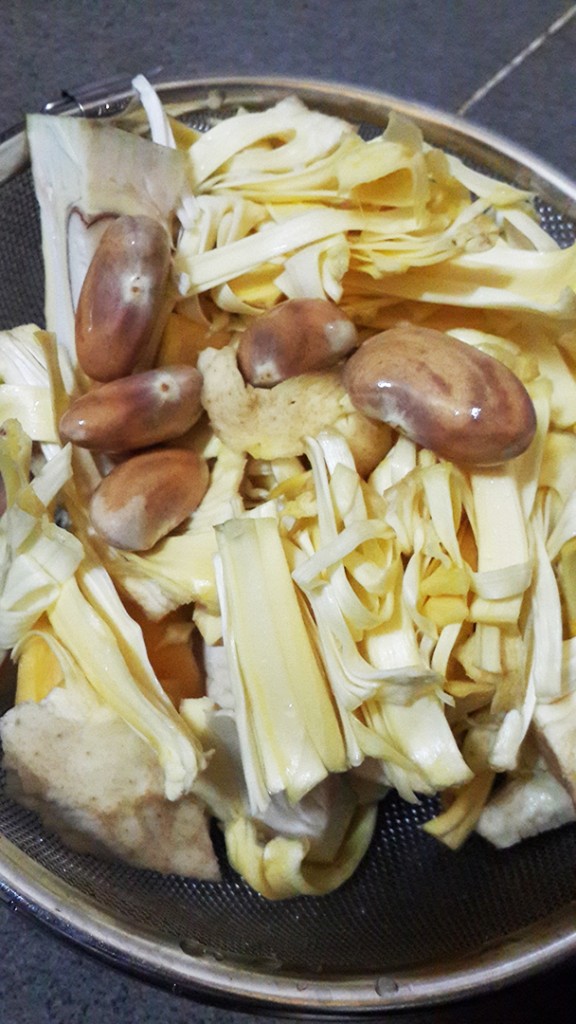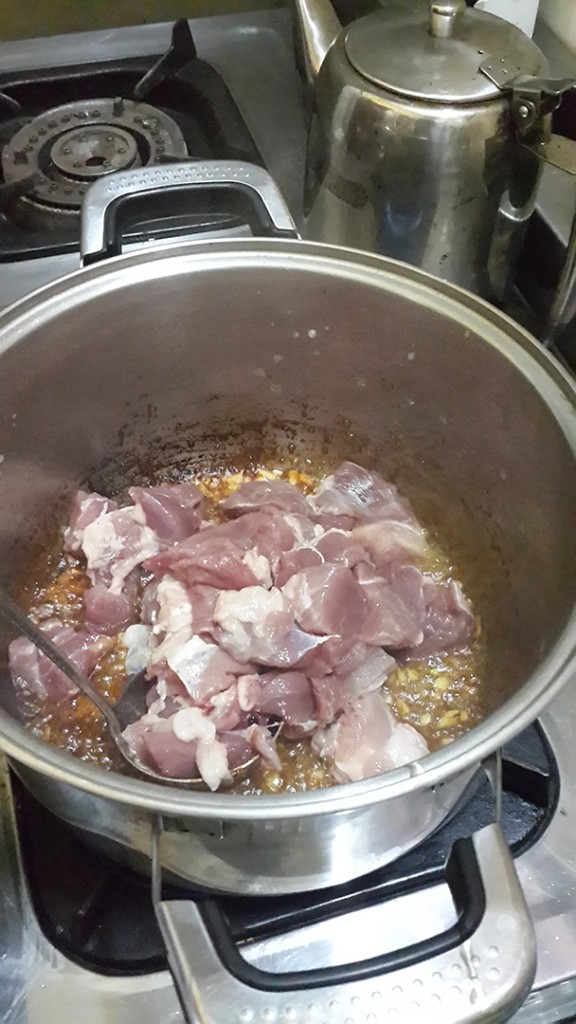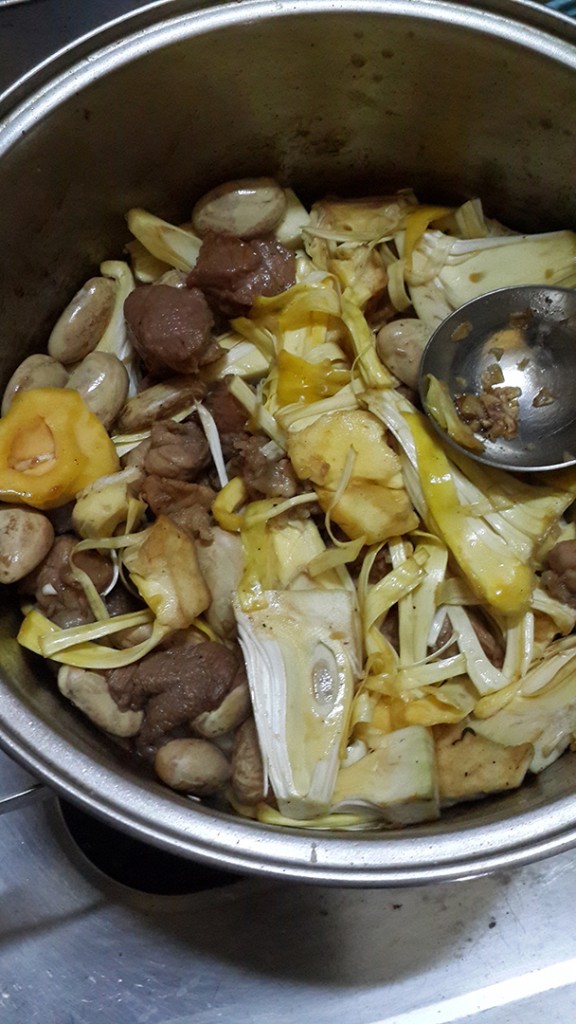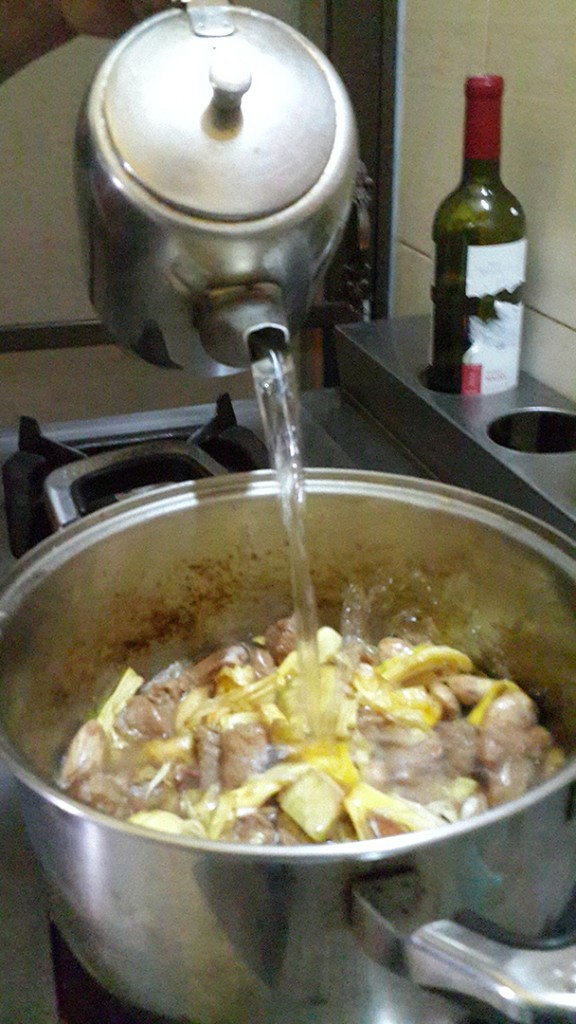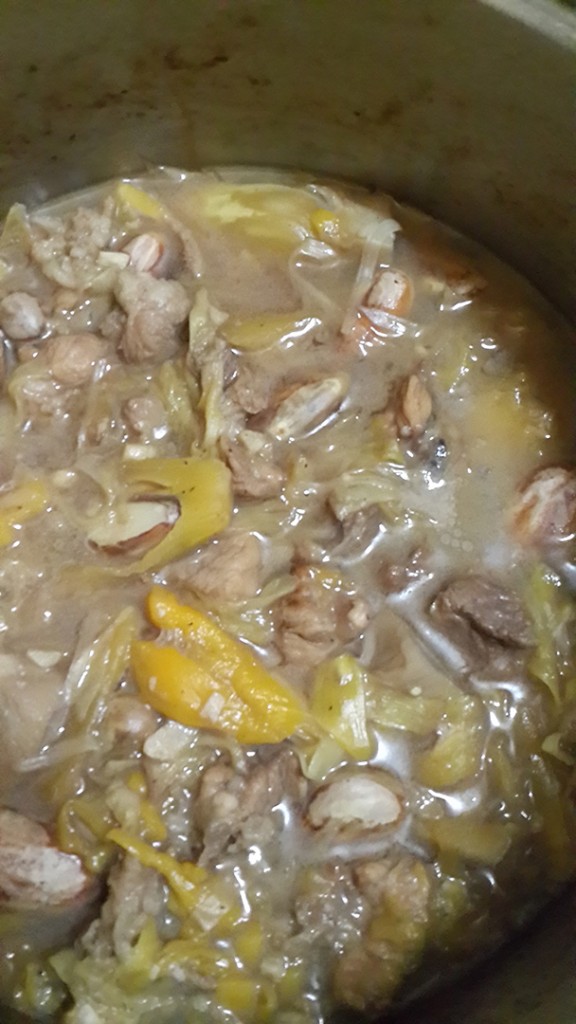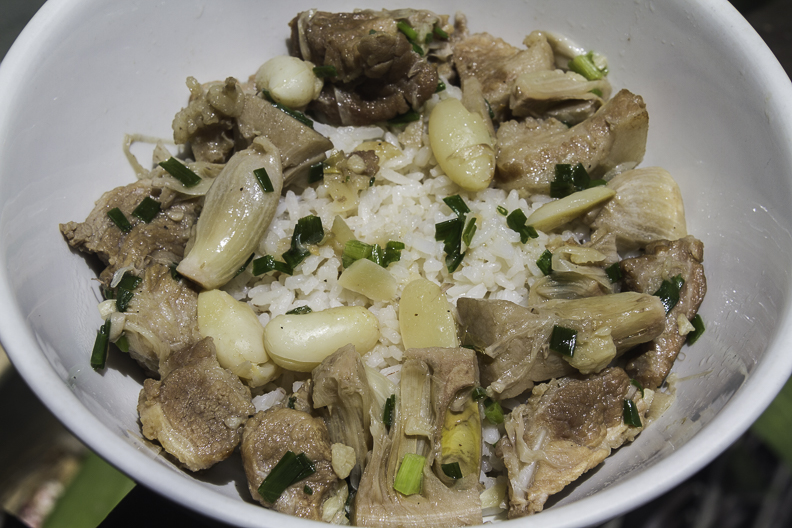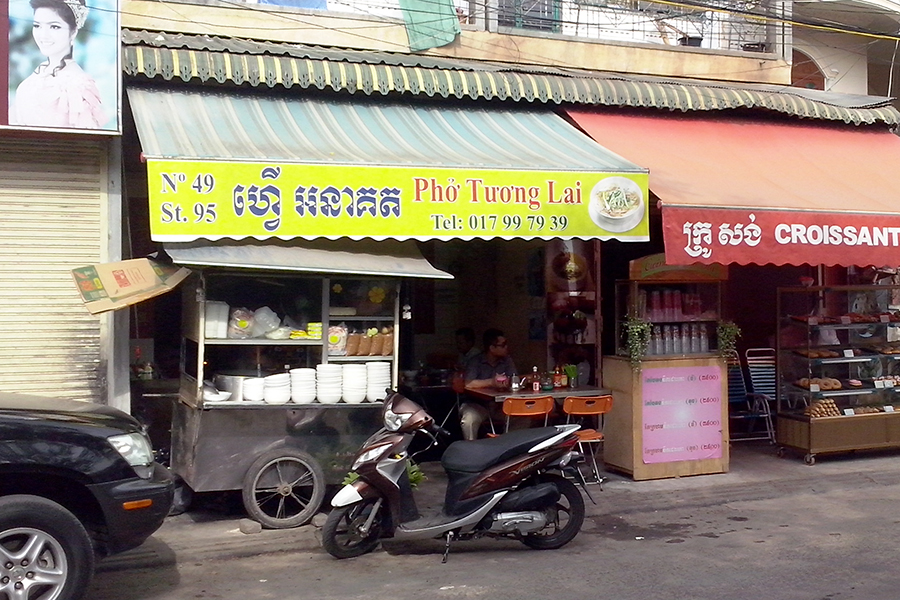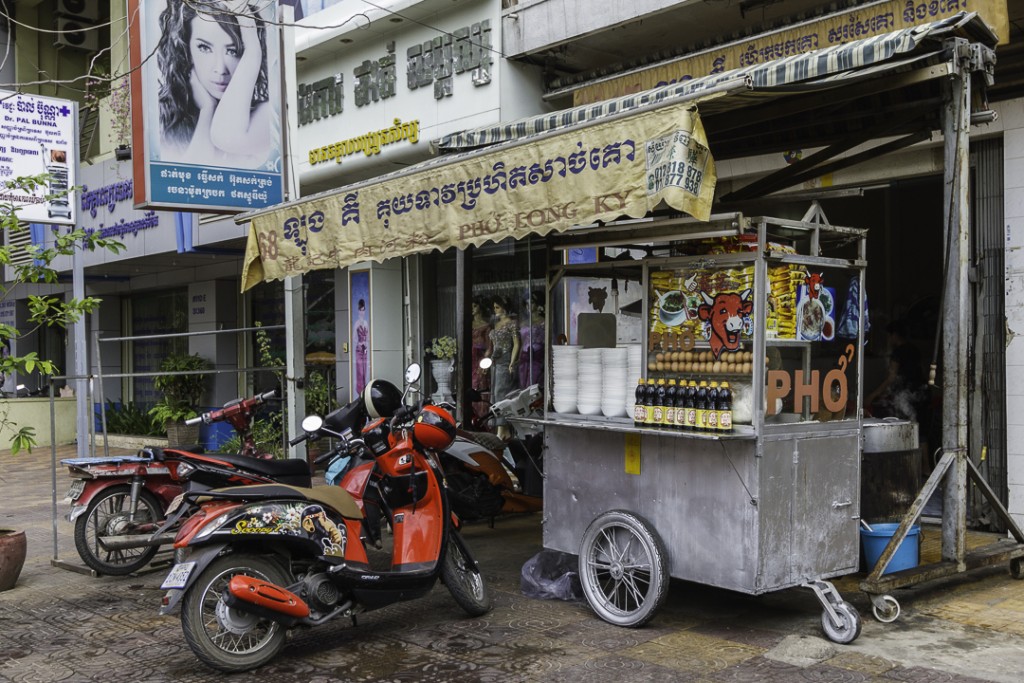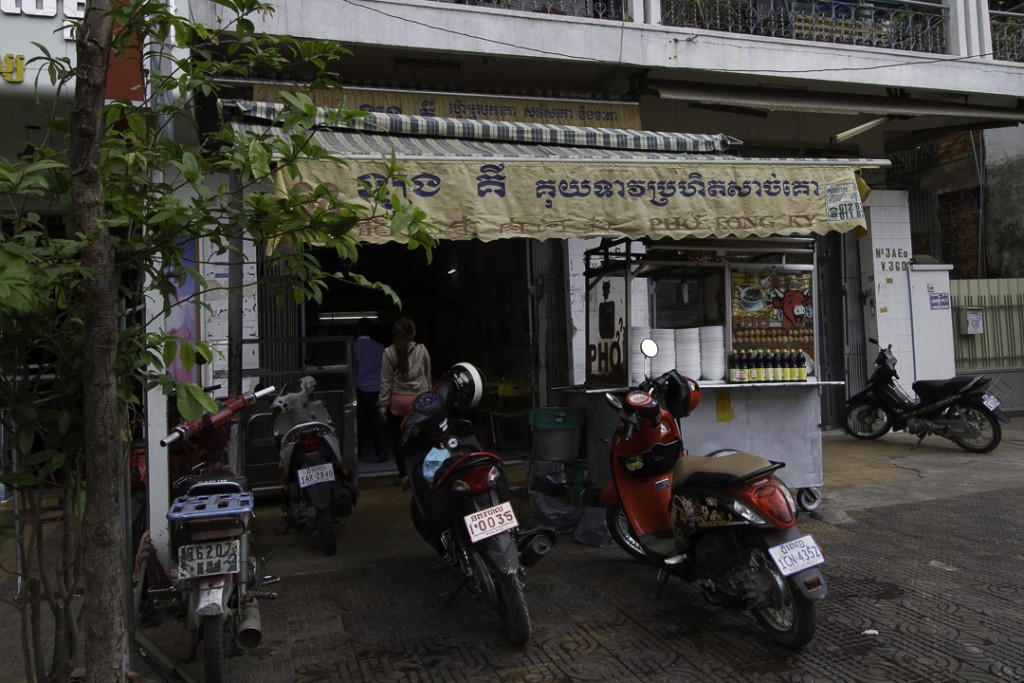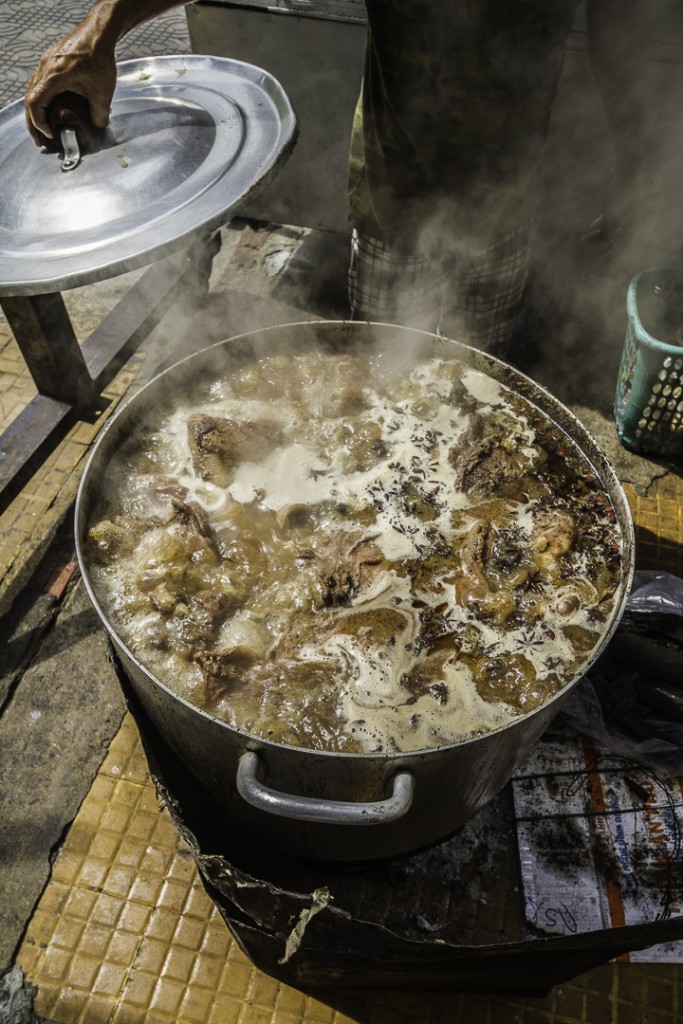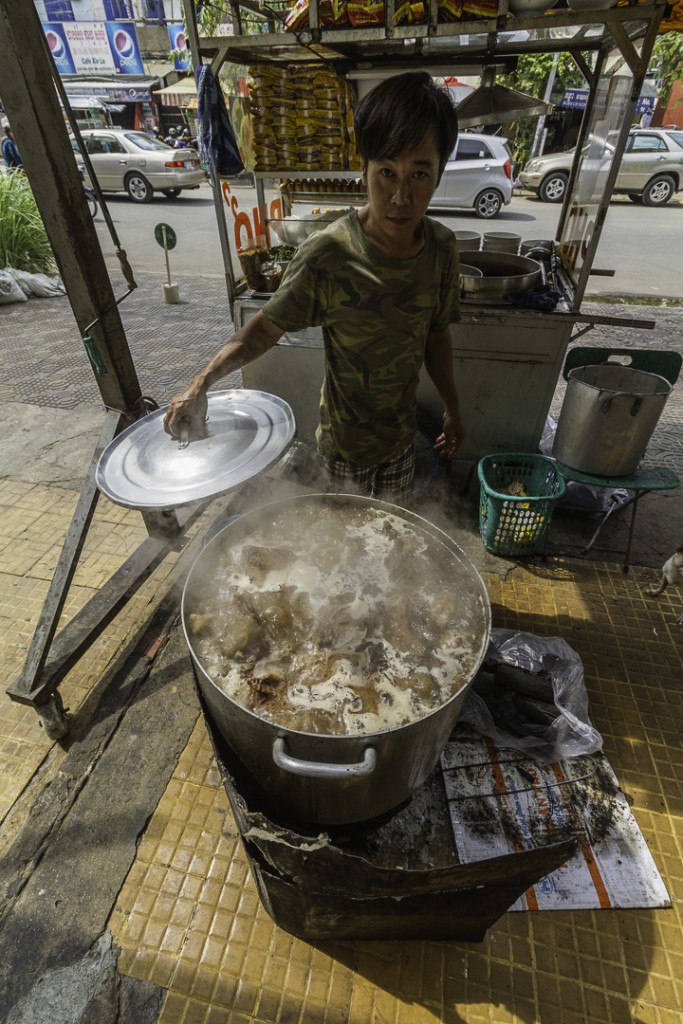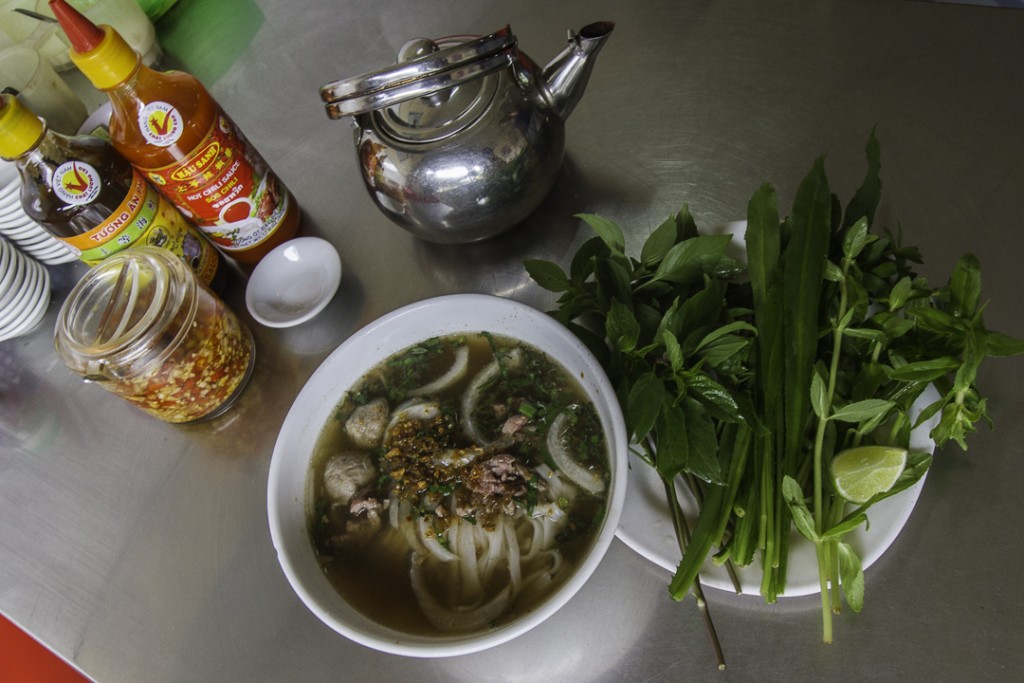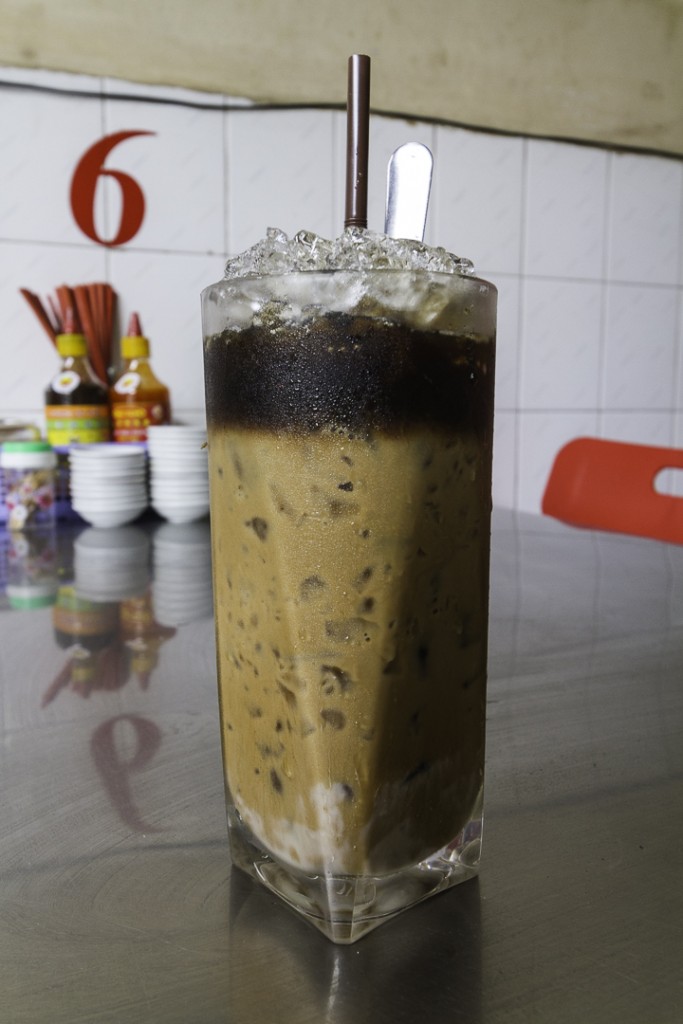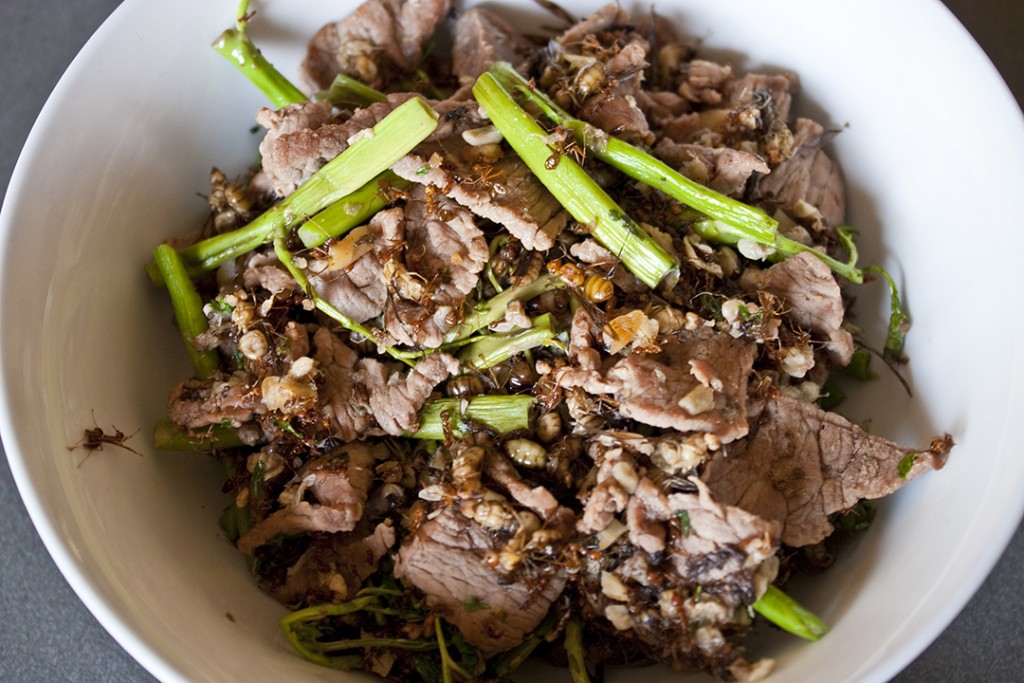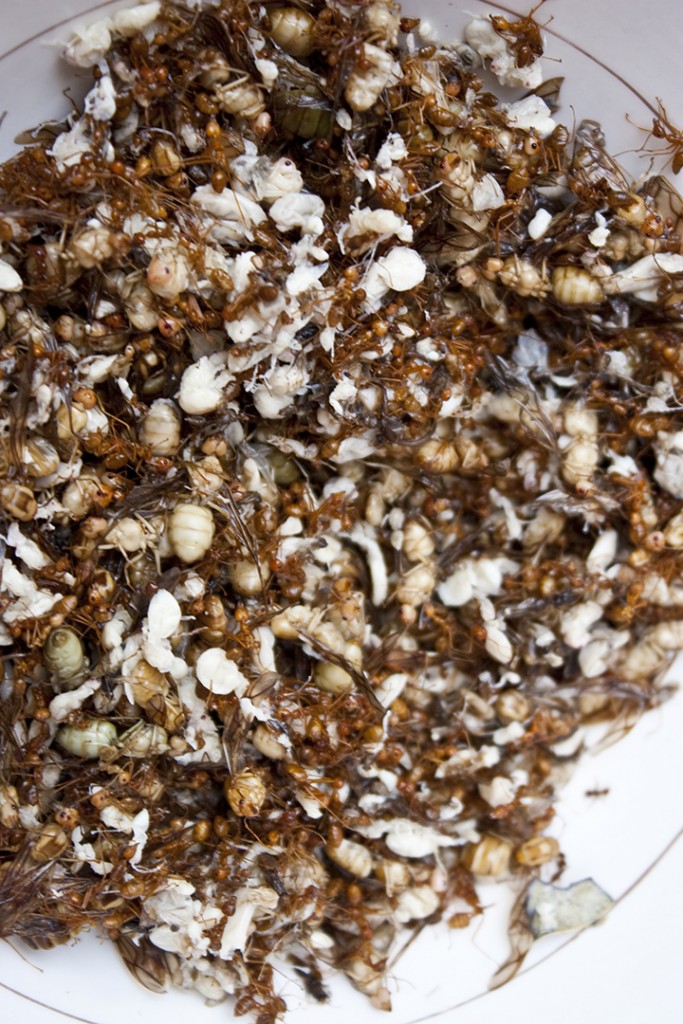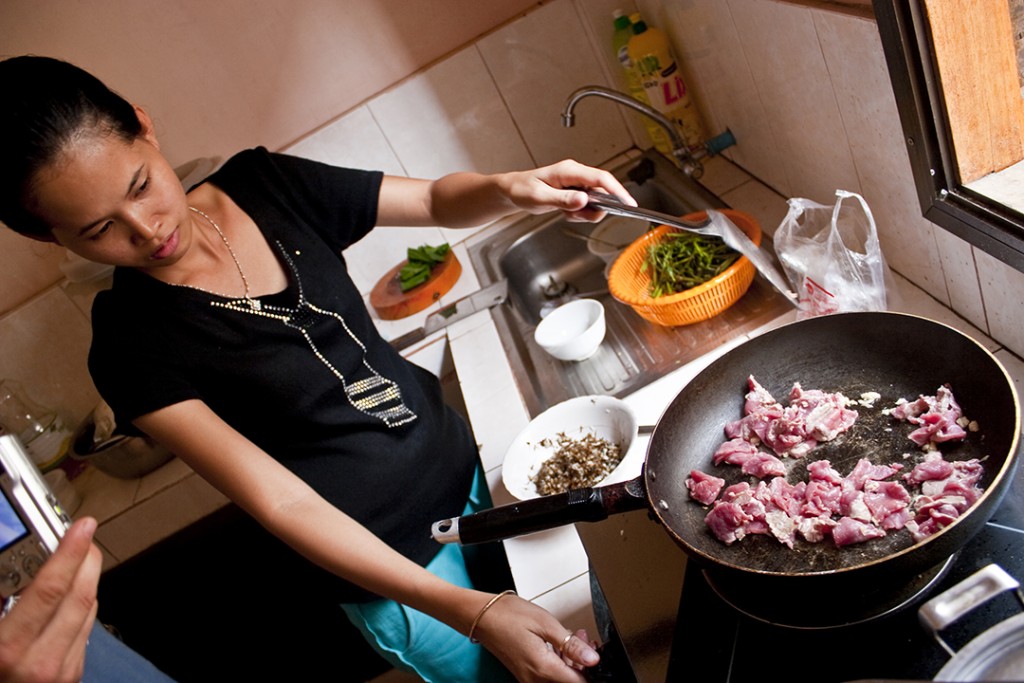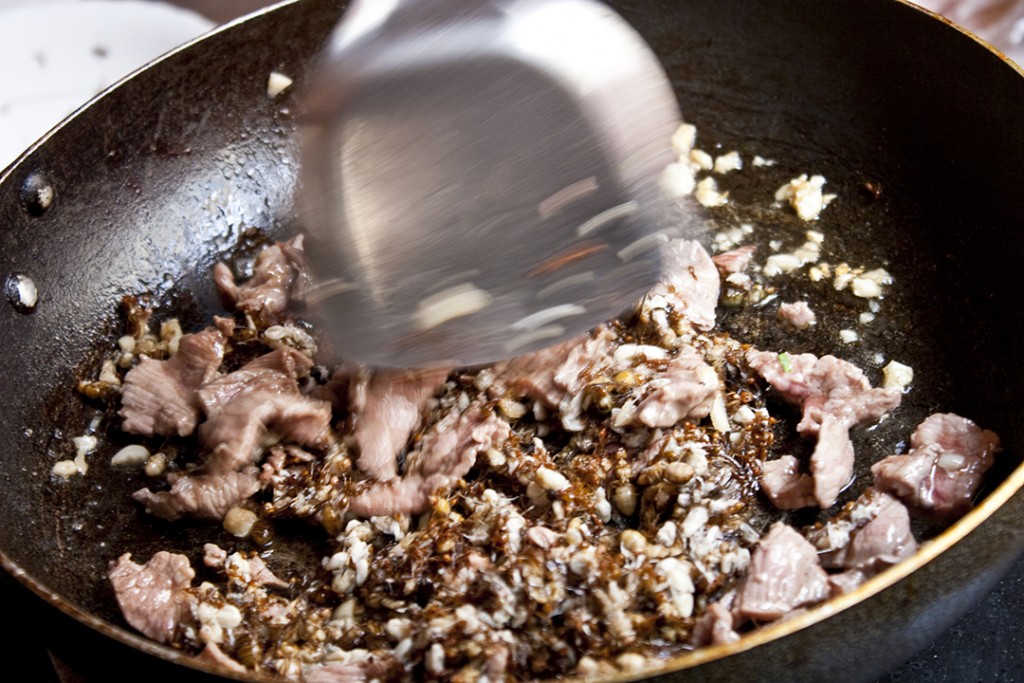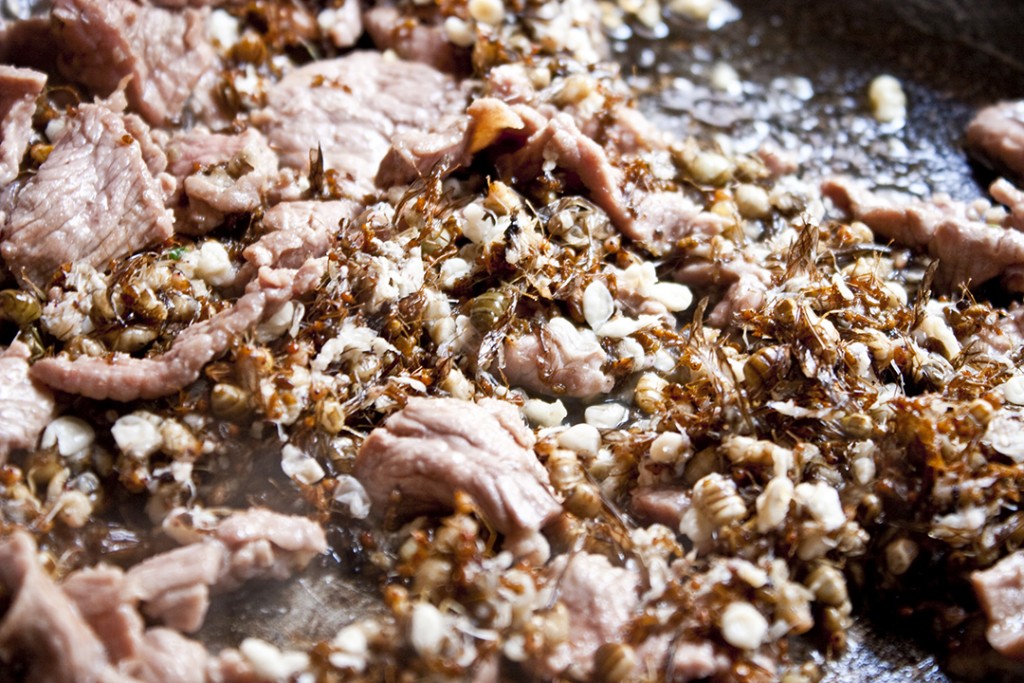As we were leaving the region to move back home, I did a consultancy that took me to several capital cities to review national health programs. It was a great opportunity for all of us to say goodbye to friends, colleagues and places we’ve frequented over the past decade. So we packed up the house and shipped, sold or gave away our belongings, and took the kids on a two month journey through Southeast Asia. [Read more…] about Travel: Hauling a 2- and 4-year old through 6 countries in 8 weeks
Project: Educate a girl and you educate a family
My old Khmer language tutor, Mdm Soun Neang, has a generous heart. In her youth during Cambodia’s darkest years under the Khmer Rouge regime, she taught languages secretly to children, at great personal risk. Today, she supports girls in her hometown in rural Kampong Thom go to school, where the opportunity costs of educating a girl is too high for poor families (who send their sons instead). This is despite significant evidence that educating a girl has a powerful impact on the future of her family. [Read more…] about Project: Educate a girl and you educate a family
Getting a dog on a flight out of Cambodia
- Including the costs for Sok Chhay to take the dog personally including securing all documentations, eg the medical and health clearance for your home country and animal control paperwork, the quote to take a dog overland to Bangkok is around $350. Once in Bangkok he will check the dog in to your connecting flight (a larger aircraft will take the dog in the hold).
- If my whole family travels overland in a private van to Bangkok (with the dog), so that we all catch the Korea Air flight to NY together, then the quote is around $380.
- To take the dog to Manila by air (and board him on a connecting flight onwards to NY), the quote is around $1000.
- You pay twice to have your dog fly in the hold (for example, $7 per kg of combined dog and kennel via Bangkok Air from Phnom Penh to Bangkok, plus $200 for Korean Air for the connecting flights to NYC)
- Transit papers will be required for the dog in Bangkok before the onward flight. They are fairly easy to get and only cost 50baht (~$1.75). Email qsap_bkk@dld.go.th for a transit permit through Bangkok and they will send you the form to fill out. You also need (quoting them directly):
- A copy of passport or a copy of identification card an importer
- Address in your country
- Detail of your animal (such as type of breed, sex, etc.)
- History of vaccination ( A copy of Vaccination record)
- Picture of your animal
- Description of your flightName of port of exit from your country
- Email these directly to Suvarnabhumi Airport Animal Quarantine Station within 10 days prior transit to Thailand. An officer at the airport will issue the transit permit for your animal about a few days after document approved, to your by email. (Office open on Mon-Fri 08.30 am.-04.30 pm. my local time Tel: + 66 2 1340731)
- Book your dog with your ticket, either with an airline agent or through a booking agent
- Airlines limit the number of pets they carry on any given flight
- You pay for your pet at check-in as they’re handled as oversized extra luggage
- Try to arrive 3-4 hours before the scheduled departure of your flight
- In some countries eg the US, you can’t just connect as you want to anywhere else with a dog Most/all US airlines have restrictions on times (often not at all in the summer) and weather conditions under which they will/will not transport pets in the hold. If you need to connect in the US with an American carrier, check their pet policies before you book your international flight
- Kennel specifications: Agrovet and Happy Dog are two places that sell airline-approved or airline-specific crates, though you can get them in any shop for cheaper still if you’re sure of what you’re looking for
- Vets that can provide documentation required to bring pets abroad: Dr. Lim Pak (Khmer vet on street 174 by Walkabout bar) and Arnaud at Agrovet are the only two who can sign off on all the paperwork you need. But double check all info you get from them because there are many changes; some people have reported stranded pets due to incorrect or outdated info regarding vaccinations and bloodwork clearances.
- Crate train your pet so that the crate is his safe place.
- Put in a familiar blanket (with his and your smells on it) in the crate (which will also help with spilled water).
- Don’t feed him 24 hours before departure.
- Give him plenty of time to run and poo on the day of the departure.
- Freeze ice in the crate bowls so it doesn’t immediately spill when they move him in his crate.
- When you refill in Bangkok, use ice cubes which any of the restaurants will give you for free.
- Don’t give him sedatives – if he reacts adversely to them, nobody will notice since he will be alone. Pets will take their cues from you: act calm and it will reassure them.
- An expat in Cambodia also posted his tips on the website PPAWS (Phnom Penh Animal Welfare Society). Just bear in mind as of this year, Korean Air no longer accepts pets larger than 5kg on flights originating in Pochentong (PNH).
Khmer cuisine: Koh saek chrook k’nao (Pork stew with jackfruit)
Koh saek chrook is usually a plain beef stew (of garlic, onions, soy sauce, fish sauce and small amounts of tubers) when our nanny Sopheap makes it for us. This variation below is with jackfruit, which lends a sweetness so that there’s no need to add sugar. (With growing affluence and its associated sweet tooth, sugar is increasingly added to Khmer dishes like this one.)
Tender shreds of meat are what’s left after the yellow fruit is taken out and the tougher rind and tendrils discarded. The seeds of jackfruit are edible when boiled. It has a hard shell that’s easily cracked and removed. They can be tossed into the dish as well. Sopheap leaves this shell on, but if I were to cook it myself I’d take them off.
First, garlic is stir fried in oil (Sopheap didn’t add onion this time). When it starts to brown, she added the pork. After about five minutes of medium heat, she tossed in the jackfruit. After about five minutes more she added some water, and let it stew. (Unfortunately there’s no recipe as she cooks by memory not units).
This dish needs serious food photography effort because of its drab color – the first image is the one I took in the kitchen with my camera phone, and the other is taken under natural light with a Canon 7D. It’s almost not that much better! :-( But the dish is really good (the kids love it), so don’t let the lack of professional photos put you off it!
Phở shops in Khan Chamkarmon district
Phở is the most famous of Vietnam’s culinary repertoire. A lot of what goes in it depends on whether the cook is Hanoian or Saigonese, with the latter dominating in this area of Phnom Penh.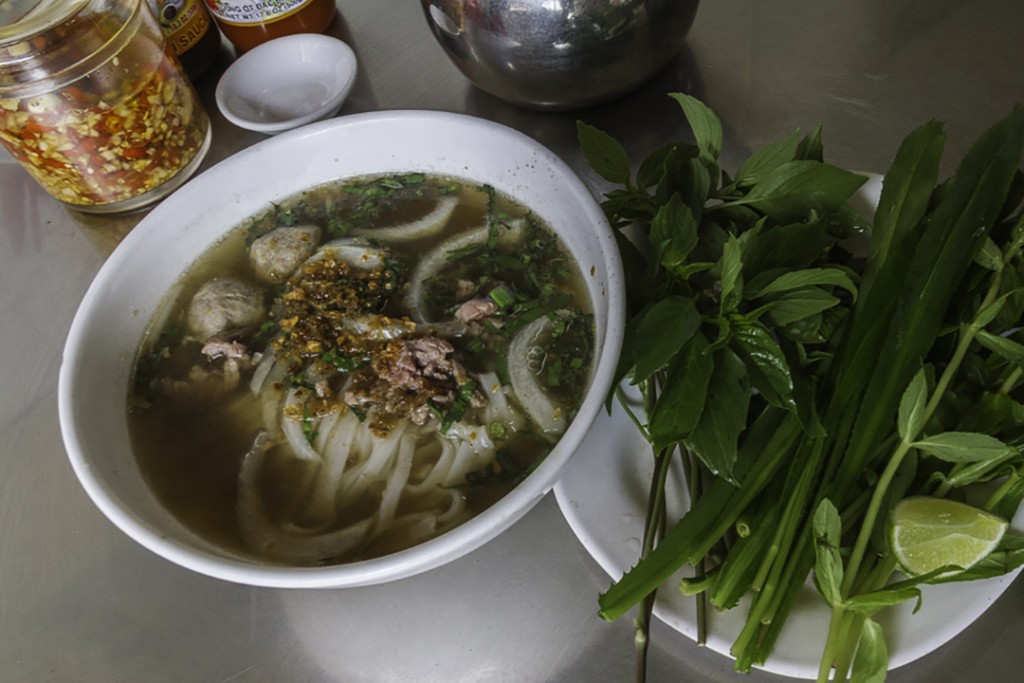
Its base is a murky broth of beef and chicken bones, boilded with some dried squid, garlic, shallots and other things. Thin slivers of raw beef are added to the bowl of noodle while the broth is still piping hot, and the phở is accompanied by a plate of vegetables and herbs: bean sprouts, onions, cuts of lime, rice paddy herb (ma-om), sweet basil (chee korhom), and saw leaf herb (chee bonla). It’s served with hoisin, soy, chili sauces, which can be mixed into the broth or into a small condiment dish for dipping the meat into. Everyone has their special recipe, and their unique chili sauce.
The area of St 95 between St 360 and Mao Tse Tung and its side streets is largely Vietnamese. There are a number of phở shops here in the Khan Chamkarmon area that come close to the steaming bowl you’d get in Ho Chi Minh. Here are three options below for good phở:
This corner shop (St 95 and St 376) whose name I can’t gather from their banner(…?) serves up a decent bowl of phở, along with other foods such as koko mee dom (beef stew with noodle) and chicken rice. They also have coffee and other milk syrup mixes (but the coffee at the St 360 shop is better!). The family is very friendly, and not only are they great with the kids the space is open and clean; their huge planters are filled with tetra fish and their little girl keeps my kids occupied.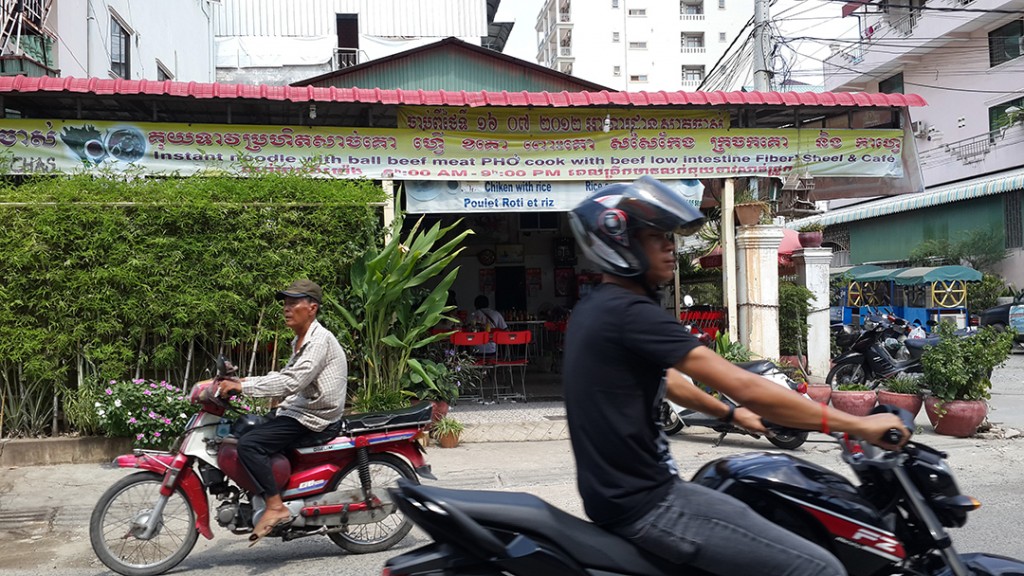
Phở Tương Lai at House #49 St 95 (about two blocks south of St 360). Unfortunately they only serve phở (though it’s very good!). Coffee can be ordered from the shop next door, but it is a powdered type. There are three staff who go about their business unsmiling, appearing cranky in demeanor, but if you’re there when the crowd thins out they sit and talk and break out the occasional smile. It’s a cramped shop so it can be a tight squeeze for tall people during the busy mealtimes.
Phở Long Ky at House #168 St 360 (north side of the street, just west of Monivong). This shop serves excellent phở and a decent iced coffee. The pot is manned by a Vietnamese man, and both he and the woman who serves the coffee are friendly and easygoing. They’re great with the kids too. There are just two fans but somehow whenever we go, we’ve luckily managed to get one of these tables!
Insect cuisine: Ongkrong saek koo (Beef stir fry with red tree ant larvae)
The first time I had this dish was in Kampot, at a small stall by the side of a building away from the busy center of town. I loved it! Then one night I sat underneath a particularly bright light source and saw all the ants in my meal. After my initial shock, I managed to have a civil conversation with my Khmer colleagues about the food they had me eating. These ants lend a tangy taste to dishes, especially when paired with meats in a stir fry. I did end up finishing my meal that night, getting over it very quickly. All manner of insects make it onto the menu in Cambodia, so psychologically-speaking it wasn’t the worst thing I’ve ever eaten, and besides it was rather good.
There are several names for this ant — Fire ants, Red tree ants, Weaver ants. They’re large, red, have huge pincers and are unbelievably aggressive. They weave their nests into leaves up in the trees which become monstrous in size. If you find a line of them, carry out an experiment. Take a stick and wave it at a part of their regiment. The ones closest to the stick being waved at the group will rear up and attack. Reinforcements will be called via chemical alarm, and soon you’ll have a swarm of angry little buggers trying to get at you.
It and its larvae are a prized culinary ingredient for the delicate sour flavor it lends to the meat, but it isn’t easy to find in Phnom Penh restaurants. So we normally ask Khmer friends to make it for us. Unfortunately, it seems like the ants in Phnom Penh are also quite large. I have no problem eating this dish, but the bigger ants (up to 3cm!) aren’t pleasant visually to someone who hasn’t grown up with these dishes. Here it is stir-fried with ginger, lemongrass, garlic, shallots, cuts of morning glory and thinly sliced beef. As with other stir fried dishes, it isn’t complete without lots of chilies.
